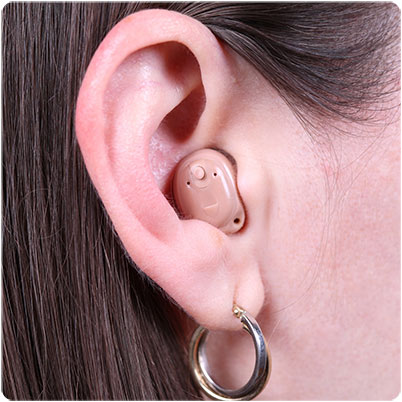In Australia, pensioners and veterans may be eligible for government-funded hearing services through the Hearing Services Program (HSP).
This program provides free hearing services, including hearing assessments and the supply of hearing aids, to eligible pensioners and veterans.
The hearing aids provided through the HSP are basic models, but they may also be able to upgrade with additional cost.
Other hearing aids are also available to eligible clients through the program. To be eligible for the program, pensioners and veterans must meet certain criteria.
It’s best to consult with one of our audiologists to see if you qualify for the program.


